The impact of digital photography on our society.
September 22nd, 2021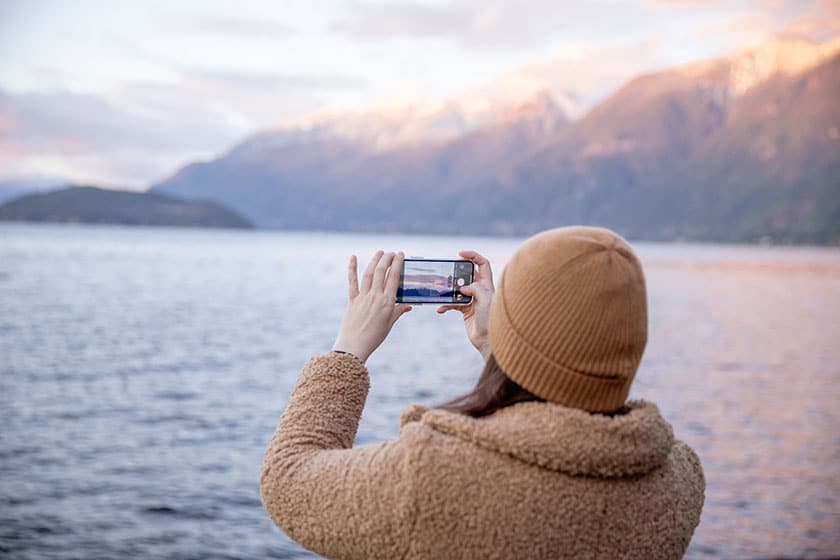
The need for speed.
The origin and evolution of photography can be traced back to one driving factor – speed. For centuries, every culture would depict the likenesses of people and events with painstaking drawings or paintings. Evidence of these images has been found in the caves of the earliest humans. Pick up nearly any history book, and it will include one of a stick figure being chased by a threatening animal.
While time-consuming sketches and paintings have resulted in some of the most coveted and beautiful works of art now hanging in museums and galleries, there was a desire to record images faster.
Scientists, artists and inventors in the 16th century experimented with using light to project an image onto a wall covered with silver salts in a darkened room. This “camera obscura” technique produced a crude image on the wall (upside-down and backwards) that was then traced over by sketch artists.
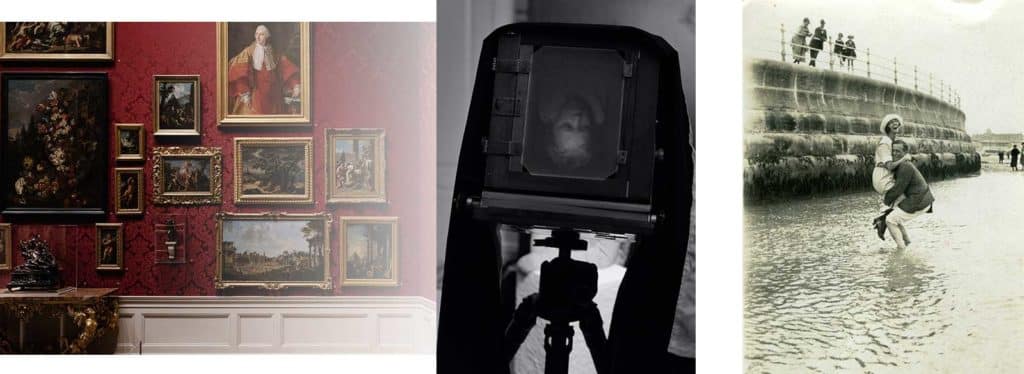
In the 1800’s, French inventors refined the camera obscura process into a small portable box. The images produced on pewter plates, and later paper, were universally derided by the art community as “mechanical” art. But the general population was captivated with these images, especially those depicting dramatic scenes from the US Civil War.
Over the next 150 years, the process, quality, speed and convenience of photography evolved as the general population enthusiastically embraced the craft. Photo prints were prized and coveted, enlarged and framed, proudly shown and shared. The Polaroid process came along and made photography virtually immediate. Then, the world of digital photography as we know it today was born in 1975. Photography and the evolution of pictures themselves have come a long way, but the impact of digital photography has caused many changes within our fast-paced society.
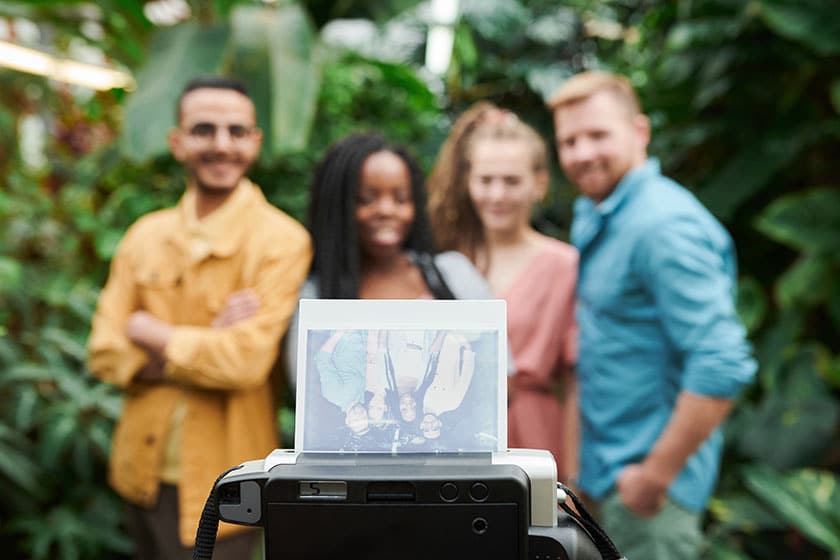
The evolution of digital photography.
The first digital camera prototype developed by Eastman Kodak engineer Steven Sasson was the size of a laser printer and recorded an image resolution of 0.01 megapixels over a 23-second exposure time. A mobile phone camera today can record a 12 million pixel image in a fraction of a second.
Now, what is the effect of today’s megapixel mega-speed and convenience on the world we live in?
The first commercially available digital camera in America was sold in 1990. It was accompanied that same year by the first version of Adobe Photoshop. Apple and Kodak joint ventured on one of the first digital cameras to cost under $1,000. But the first digital cameras weren’t very sophisticated, had limited storage, minimal exposure controls, and cumbersome image transfer workflows to get the image over to a computer and then to print.
A debate then ensued, similar to the disparaging “mechanical art” condescension in the 1800’s. This time it was about digital image quality versus film. Professional photographers and photo art patrons were not initially enamored with digital imagery. Yet again, the general population appreciated the speed and convenience of having images that were immediately viewable, bypassing the film development and printing process.
Even though the 20th century produced the first amateur and hobbyist photographers, the advent of digital photography took it to a new level. In the 1950’s, parents could take photos of their kids’ birthday parties and enjoy viewing and sharing them in a few days after processing and printing. Today, they can snap a party pic on a mobile phone and share it with thousands (millions, if you’re a Kardashian) of people in mere seconds.
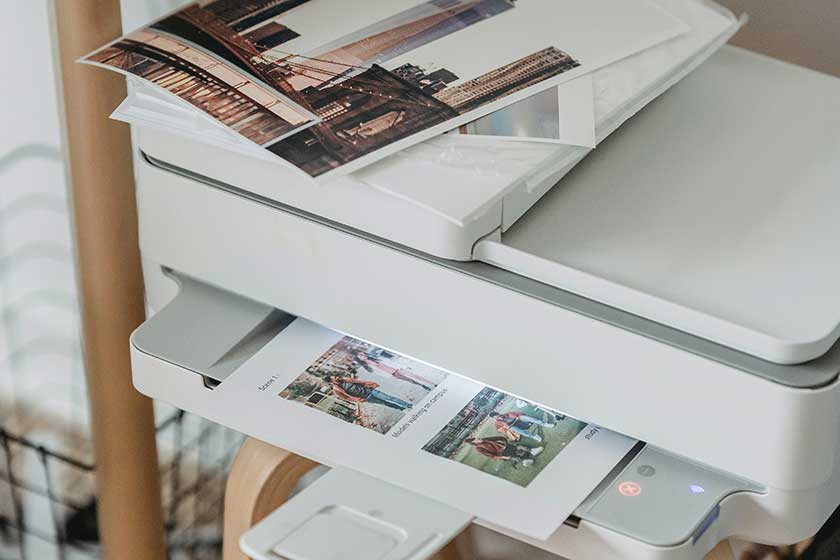
How digital photography “influenced” cultural shifts.
That supersonic speed of capturing and sharing images has turned anybody with a mobile phone into a photographer – some even professionally. Anyone on social media has experienced first-hand how digital photography has changed the world, and the way we as societies interact. Social media “influencers” have emerged from so many aspects of culture and society.
Fashion influencers, foodies, travel enthusiasts…just about anything that anybody else might be interested in can now use digital photography to monetize their interest or specialty on social media. Their followers have helped some become cultural icons and celebrities.
It’s not just the novelty of fast and furious photo sharing, but the fact that the images are technically very good. Sensors, lens, software, and photo style presets are continually evolving to be more sophisticated and higher quality. A novice photographer can produce a digital image today that might be the envy of a seasoned pro who shot dozens of film rolls to get a prized image back in 1966.
About those rolls of film – gone are the days of proof sheets, careful evaluation of each frame to pick the best one, and sending the chosen negative off for enlargement into a showcase print. While digital storage of megapixel images is a much different challenge, the process of viewing proofs, picking and editing the image, and electronically conveying it to a lab for printing is much more streamlined and efficient today.
Digital image archiving is not fool-proof, but with sufficient back-up methods, it can be far more reliable than the risk of storing negatives and their inevitable deterioration over time. Digital photography also changed the world as it relates to those old images from negatives with the advent of the digitization industry. By scanning old photos and negatives into digital files, those precious images are practically immortal and can be viewed and printed over and over without fear of excess handling.
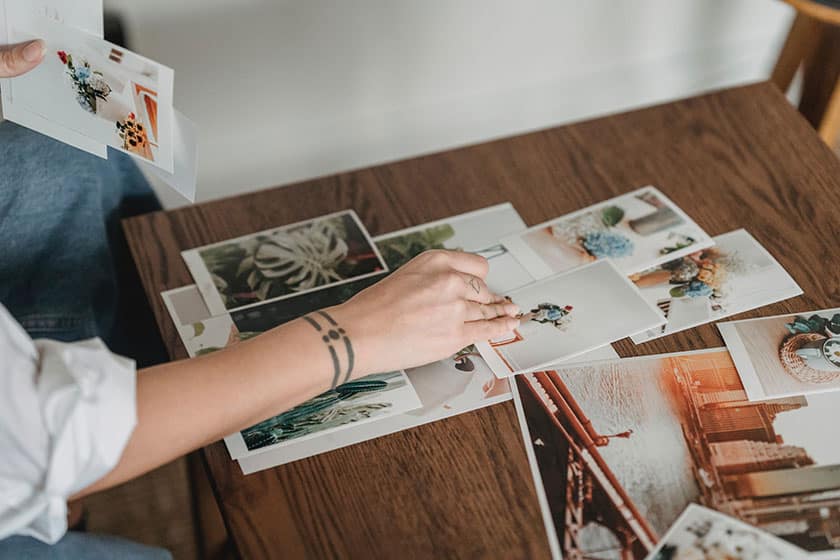
Printed photographs are still the gold standard.
The world today is much different than 50 years ago regarding photo prints. The entire act of sending a roll of film off to the processor and getting back an envelope of 4×6 prints was somewhat ceremonial. Amateur everyday photographers anxiously awaited the arrival of the package to see the people and events they had recorded. Even pro photographers anticipated getting proof sheets and transparencies back from the professional labs to check their work.
Back then, photos were proudly displayed around a home or office in small frames, with major milestone event photos enlarged to become wall art. Photo albums of physical prints were coveted family memorabilia that documented important events and ancestry, intended to be passed down over generations.
Passing along digital files or memory cards just isn’t the same. While digital files are great for storage and social media, they won’t personalize your home or office the way a print will. Prints, and some modern digital frames, are still the best way to showcase a special moment, people, or artwork for continual admiration, when prominently displayed in a physical location. There has even been a resurgence of interest in classic (film) cameras and methods over the past decade; who knows, maybe photography prints will make a resurgence just like vinyl records!
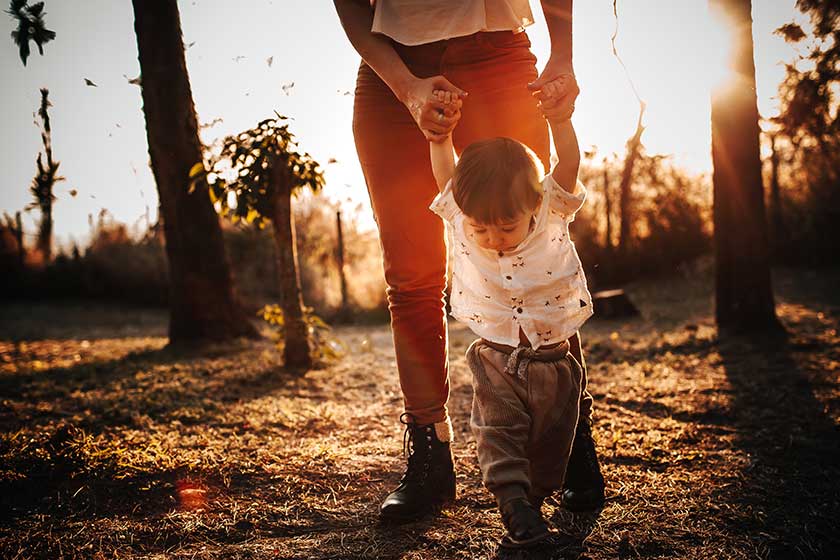
From a sketch to a digital photo…it’s still about emotion.
Why does art in the form of photography mean so much to us? It’s the emotion and documentation, the surge of memory and connection. From the figure being chased as drawn on that cave wall, to the surreal and dramatic images of the Civil War, to the instantaneous ability of a parent to share a child’s first steps with grandparents across the country – as humans we long to connect and share our stories.
It’s just that now, it doesn’t take hours to sketch that image with a stick, or a week to get a package of prints from negatives. It’s right there in the palm of our hand the second we capture it. Now that’s speed; thanks to digital photography.

